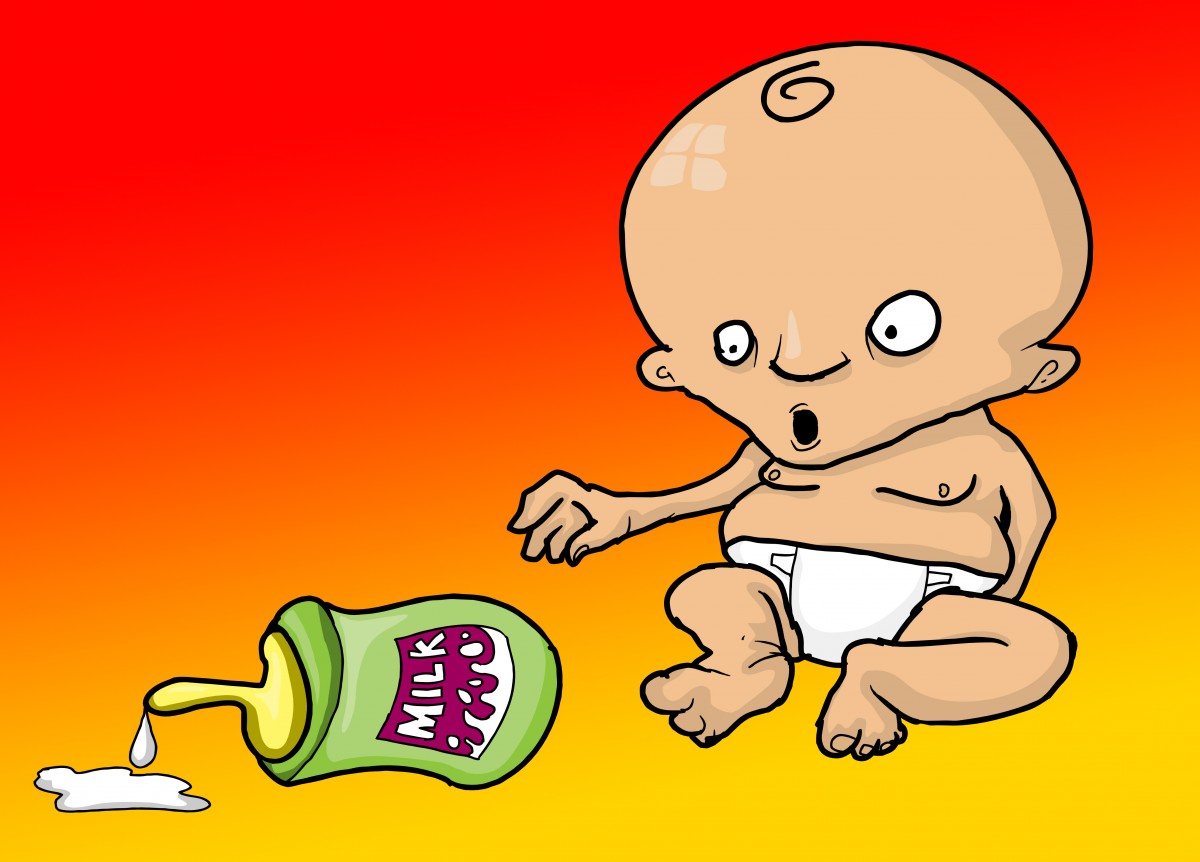
One giant downside of all the cool technology we have at our fingertips nowadays is what happens to it after we’re done with it. Throwing out e-waste with regular garbage leaches toxic chemicals into our ecosystem. Even doing the responsible thing and recycling e-waste uses harsh chemicals, and can have devastating repercussions for the humans involved. But still, we must try to find a way to limit the damage, because technology has become a major part of modern life, and isn’t going away.
Scientists at ETH Zurich have found a small, elegant solution that we can add to our arsenal, that neatly doubles recycling both e- and food waste. They have developed an aerogel (roughly, a gel substance in which the water content has been replaced by a gas, making it incredibly porous) from old milk. This milk-derived aerogel can be used to winkle out highly pure bits of gold from discarded motherboards, which can then be collected and processed for reuse.
“[Prof. Raffaele] Mezzenga and his team took discarded whey, a by-product of strained milk, and extracted extremely long, nanoscopically thin protein fibres. They then added a chemical acid to link the fibres together, froze them and finally heated the resulting mass to form an aerogel.
Next, they placed the aerogel in a soup of computer motherboards, which they had stripped of all non-metal parts and then dissolved in a combination of hydrochloric and nitric acid. They found that the aerogel absorbed gold ions from the liquidised e-waste. After drying and burning the aerogel scaffolding, Mezzenga and his team recovered whole gold nuggets of more than 90 per cent purity, equivalent to 22 carats, with most of the remainder of the nugget consisting of copper.”
The process is great because it has low overhead, as it uses two waste products to accomplish the results. Plus, it’s way less toxic than traditional recovery processes. But it isn’t quite as effective, as the 10 per cent of copper left in the nuggets attests. (I wonder if this can be mitigated by using recycled metals for applications that don’t require complete purity?) Either way, this is a fascinating advancement in recycling, and a really cool use of something I’d sniff a carton of and regretfully toss!